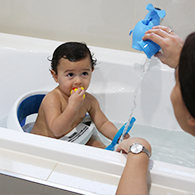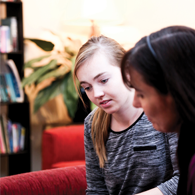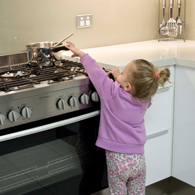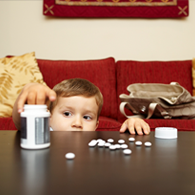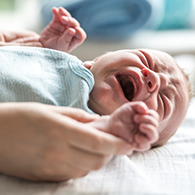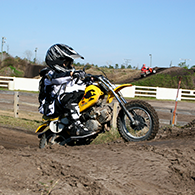Drowning prevention and water safety
If children aren't supervised closely in or around water, they can drown quickly in just a few centimetres of water.
Drowning is very quick and silent. Most parents and carers think they will hear if a child is drowning, but this isn’t true. A young child's head is heavy compared to the rest of their body, so they can’t lift themselves once they're under water.
Children can drown in swimming pools, baths, spas, dams, rivers, creeks, garden ponds, water features, buckets or any source of water.
Drowning is still one of the main causes of death in children under the age of five. Children who survive drowning can suffer long-term brain damage, developmental delays and other health problems.
Follow these four top water safety tips:
1. Supervise
- Always supervise and be with children aged 0 to 5 years old within arms’ reach in or around water. Proper supervision means giving ALL of your attention, ALL of the time with NO distractions
- Children aged 6 to 10 years old should be watched carefully and constantly by an adult. Be prepared to get in the water in case of an emergency. Children 11 to 16 years old should be watched by an adult and should learn how to swim, learn survival skills and CPR
- Don’t rely on floaties, pool noodles or any other aids to keep your child safe
- Never leave another child or teenager responsible for a younger child
- At outdoor parties or barbeques, choose an adult to be responsible for supervising the children in the pool. They could wear a hat or armband so that everyone knows
- Everyday tasks like using your mobile phone, looking after another child, getting a towel or doing household chores can distract you from supervising properly
2. Restrict access to water
- Any pool that can be filled with 30cm of water or more must have pool fencing that complies with the law of your state or territory. This includes inflatable and portable pools. The NSW swimming pool laws are available on the Fair Trading website
- Regularly check your pool fence and pool gate to make sure it’s safe and get it fixed as soon as possible if it is not. You can use the checklists available from the NSW Swimming Pool Register website and register your pool here. You can also organise an inspection of your swimming pool with your local council or an accredited pool inspector
- Never keep the pool gate open on purpose
- Make sure there are no objects such as bikes, furniture or pot plants that a child can climb on to access the pool, spa or pond
- Empty inflatable pools, buckets and other sources of water after using them. Store them in a standing position to stop water being collected from rain or sprinklers
- Install firm wire mesh on the surface of garden ponds and water features
3. Teach water awareness
- Make sure your child is familiar with water by spending time with them in water or through swimming lessons, but don’t assume that they can’t drown
- Don’t rely on floaties or pool noodles to keep your child safe
- It’s also important for adults to learn how to swim and learn water survival skills
- Information on approved swimming courses: AUSTSWIM, Swim Australia
4. Learn how to resuscitate
- Cardiopulmonary resuscitation (CPR) needs to be done if a child is not responding or not breathing
- Learn baby and child cardiopulmonary resuscitation (CPR) so you have the skills in case of an emergency, and refresh your skills every year
- CPR for Parents is a free online CPR and First Aid learning program that anyone can do
- The law requires you to have an approved CPR sign displayed near your pool. You can get one from your local council, pool shop or community organisations such as St John Ambulance
- In case of a drowning emergency, Call Triple Zero (000) and start chest thrusts and rescue breaths straight away
- Any attempt of CPR is better than no attempt.
Read our information on: swimming pool fencing, inflatable and portable pools (translated resources), floaties and pool toys safety, water safety in the bath and drowning prevention advocacy and campaigns.
How to perform CPR: See the basic life support fact sheets for children less than 12 months and for children over 12 months.
Accredited face-to-face first aid and CPR courses: St John Ambulance, Australian Red Cross, The Royal Life Saving Society NSW.

